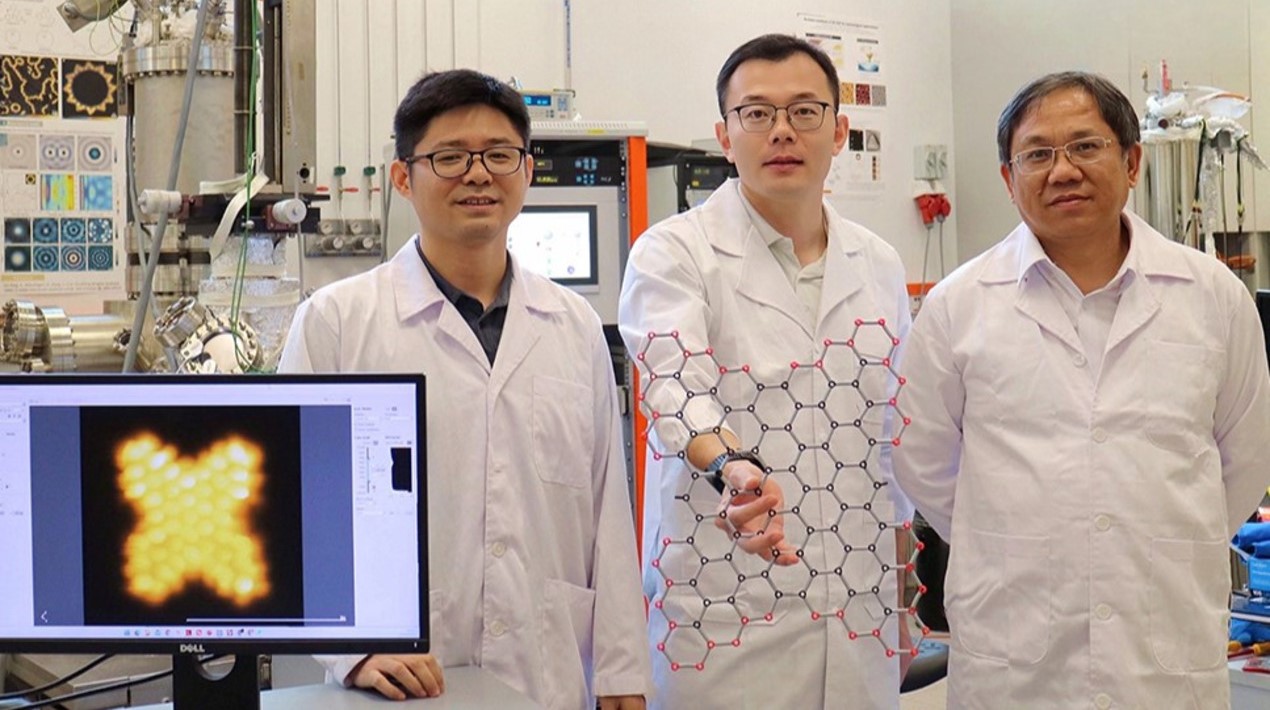
An innovative start up in China has deployed over 40 boats in the rivers of China in a bid to stop pollution at the source and to stop anymore waste from reaching the ocean.
Founded in 2017, ORCA-TECH uses urban and coastal waters as scenarios, supported by many scenario iterations and ultra-long surface driving data, to create a series of surface environmental service robots.
The company has extended its product functions and applications and has now formed three major businesses that focus on water surface cleaning, as well as water security and water data.
There are many ocean clean up projects going on in the world, but ORCA-TECH’s vision is to clean up the rivers and waterways at the source so that it never gets as far as the ocean, and so that the ocean will not be further polluted.
High Efficiency Robot for City Waterworks
The concept was first brought to life as a university project, designing a robot to be able to identify garbage autonomously, and that it could identify densely polluted water areas and differentiate types of rubbish without human supervision.
ORCA-TECH combines robotics and AI to launch robots that can automatically clean the water surface.
The boat can be controlled using remote control or the boat can also be used as a self-driving robot. It can identify what areas of the river are most polluted and how to collect waste most efficiently.
The boat also uses cameras and sensors. It can check the water environment and can be used to measure the distance between the boat and the rubbish to be collected.
Added features on the boat can monitor water quality or act as security on the waterways.
The boat is also using Machine Learning through the enormous amount of data and images it collects, to better identify the different types of garbage it collects.
The boat also separates the garbage by garbage type on board the boat, rubbish is dived into separate bins by material type.
Technology in the fight against river pollution worldwide
The next phase of their plan is to increase their presence in mainland China, focusing on increasing the client base and growing their fleet of boats. They are looking to place 100 boats in the rivers of China in the next coming year. With more investment they aim to upgrade the technology used on the boats in the future.
ORCA-TECH are mainly working with private sector companies in the environment and water treatment sectors, but they are aiming to garner interest internationally.
To date, they have mass produced the robots and successfully promoted them to more than 30 cities in China, Spain and UK.
They have partnered with international manufacturer IKEA for a campaign which saw them launch 3 branded boats on the Thames in London to help clean out the capital city’s river. They also supplied a boat for a major exhibition in Barcelona in Spain.
The ‘Data Brain of the Water’
It is believed that the robot is six times more efficient than manual cleaning with 50% less cost.
It was selected as the best intelligent sanitation equipment in China in 2019.
The company collects information from various waterways to build ‘the data brain’ of the water environment through their robots.
In the future, they aim to upgrade the robots’ self-driving algorithm and launch water transportation, water logistics and other services, and make the water environment a major part of the smart city.




















